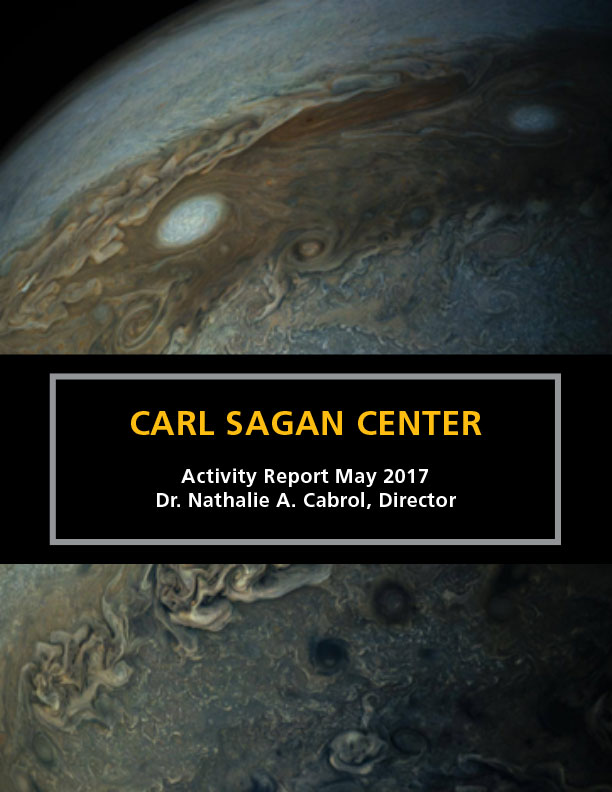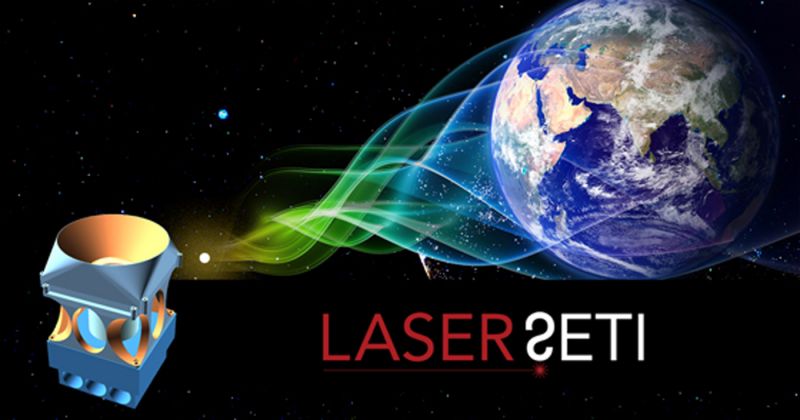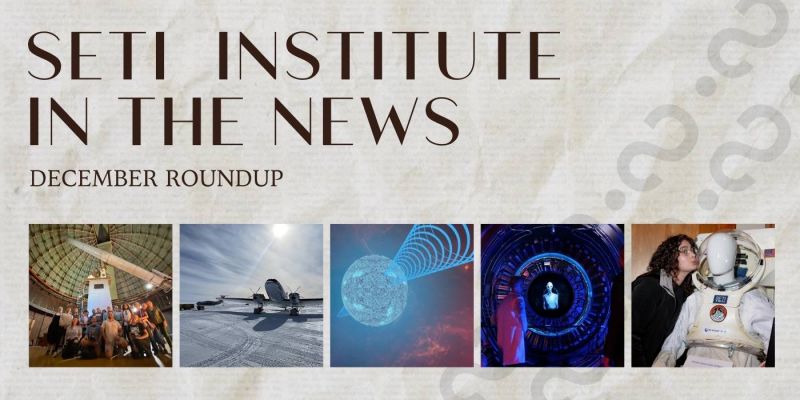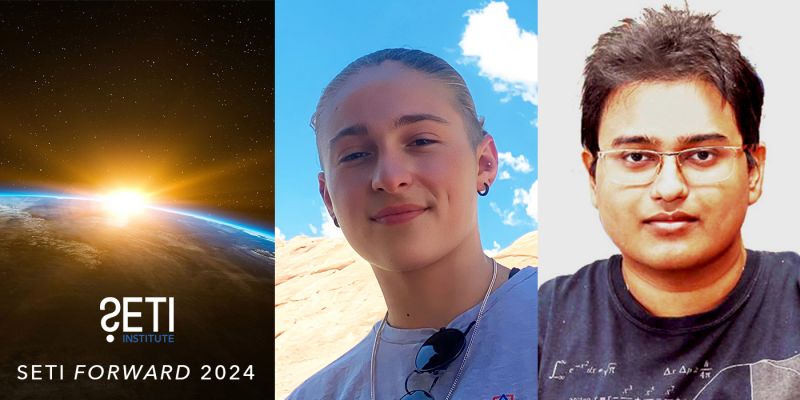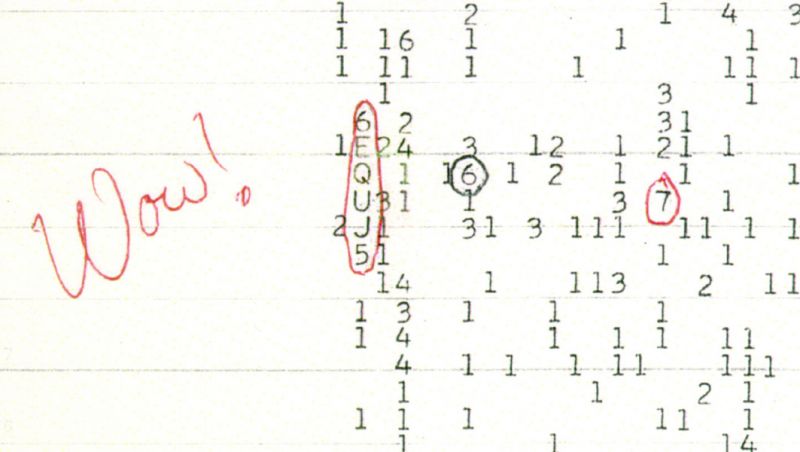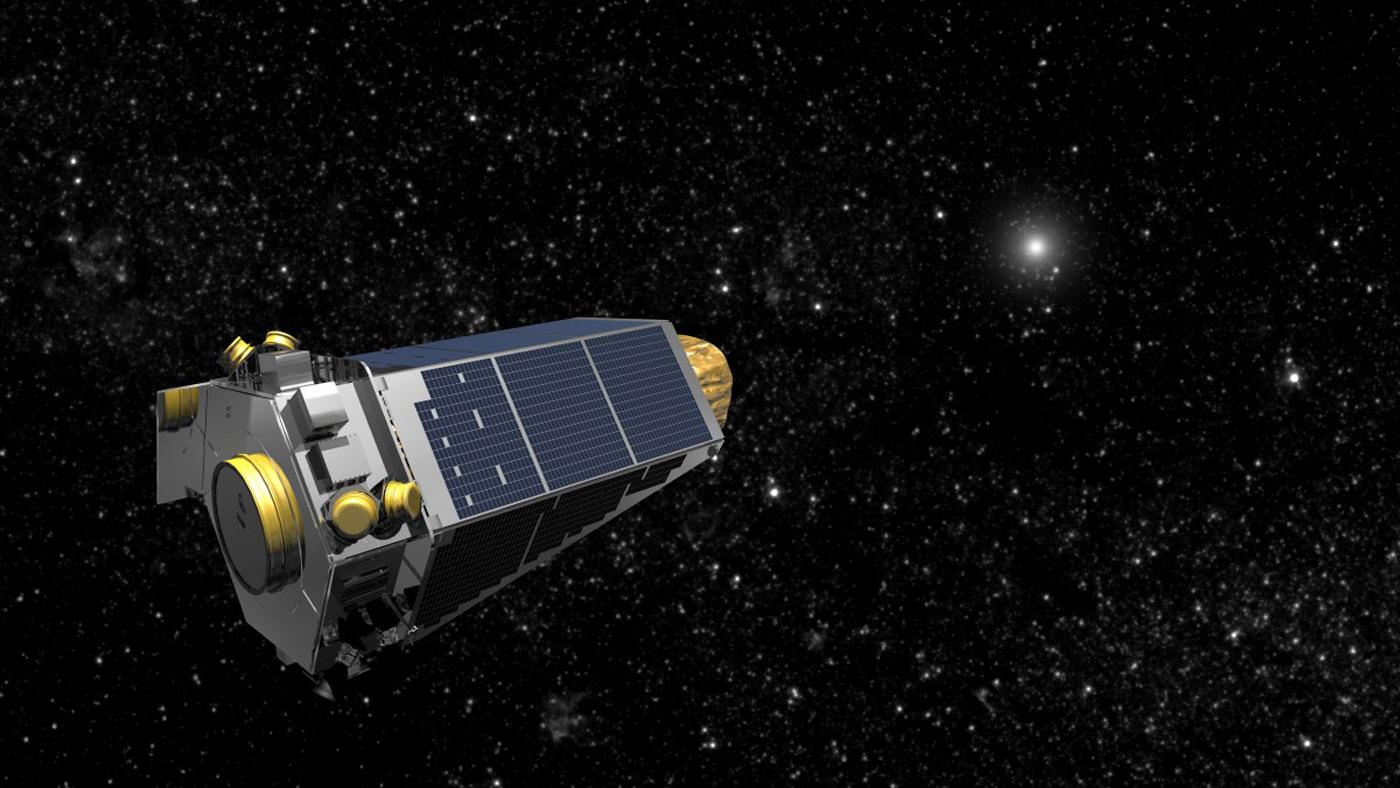
The Kepler survey mission catalog was released by NASA on June 19. SETI Institute scientist Susan Thompson is the lead author of the catalog study.
The Kepler space observatory, sometimes dubbed a “planet-hunting telescope,” launched in 2009 and observed 200,000 stars searching for changes in brightness that occur when a planet passes between the star and Earth. This is called a transit. Kepler’s observations identified 219 new planet candidates, 10 of which are about the same size as Earth and within their star’s habitable zone. A habitable zone is one where it’s possible that liquid water, and therefore possibly life, could exist.
This is the eighth and final data release from the original four-year Kepler mission. The total number of planet candidates is now 4,034. 2,335 have been confirmed as being planets and 50 are approximately the same size as earth and within their star’s habitable zone. The big takeaway? Earth-like planets are not rare.
- SETI.org: Kepler’s Final Survey Catalog
- NASA.gov: NASA Releases Kepler Survey Catalog with Hundreds of New Planet Candidates
- Facebook.com/SETIInstitute: Talking About Kepler Planet Candidates with Susan Thompson
- Jet Propulsion Laboratory: NASA Releases Kepler Survey Catalog with Hundreds of New Planet Candidates
- New York Times: Earth-Size Planets Among Final Tally of NASA’s Kepler Telescope
- The Washington Post: NASA Finds 10 New Potentially Habitable, ‘Earth-like’ Worlds
- Science Friday: Kepler Unveils a New Crop of Exoplanets
- The Nation: NASA Discovers 10 New Earth-Size Exoplanets
- National Geographic: NASA Finds 219 Possible Planets, Including 10 ‘Earths’
- Smithsonian: Kepler Finds 219 New Planets
- Huffpost: NASA has Found Hundreds of Potential New Planets
- USA Today: 10 New Planets that Could Have Life
- Christian Science Monitor: Kepler Telescope Discovers New Batch of ‘Just Right’ Planets that Could Foster Life
- The Mercury News: Kepler’s Final Survey Reveals 50 “Goldilocks” Planets
- CNN: NASA’s Kepler Mission Finds 10 Earth-Size Exoplanets, 209 Others
- Fox 32: 10 More Planets that Could Support Life Found by NASA
- Independent: NASA Discovers 10 New ‘Rocky’ Planets Like Earth
- Spaceflight Insider: Kepler Discovers 10 Earth-Like Exoplanets from 219 Planet Candidates
- The Space Reporter: Kepler Finds 219 New Exoplanet Candidates
- Space Daily: NASA Releases Kepler Survey Catalog with 100s of New Exoplanet Candidates
- Sci News: Kepler Team Releases New Catalog of Exoplanet Candidates
 Starmus Festival
Starmus FestivalThe Starmus Festival, which is a celebration of science and the arts intended to bring understanding and appreciation of science to the public, was held June 18-23 in Tronheim, Norway. Jill Tarter, SETI Institute Bernard M. Oliver Chair and pioneer in SETI work, was one of the speakers, along with the likes of Stephen Hawking, Jeffrey Sachs, Neil deGrasse Tyson and more.
Jill created a bit of a stir when, as an audience member during a panel discussion, she called out economist Chris Pissardes on some sexist comments he made, saying, “Why a very wise, knighted, nobel laureate found two opportunities on the sage of this conference to piss off half the world’s population.” She also questioned why her fellow astrophysicist who was on the stage at the time, Neil deGrasse Tyson didn’t “jump on him.”
Other attendees who were offended by Pissardes comments left the conference as a result. Starmus later issued a statement expressing regret over the comments and affirming the importance of women in science.
- Twitter: Video of comments from the stage and question from the audience
- BBC News: Siri Storm Caused by Economist’s Comments
- Motherboard: Sexist Comments Spark Outrage at Major Astronomy Festival
- World News Easy Branches: Neil DeGrasse Tyson Assailed for Not Scolding Nobel Laureate Over Sexist Siri Remark
- International Business Times: Sexism Row Erupts at Starmus Festival as Nobel-Winner Says Male Siri is More Trustworthy than Female
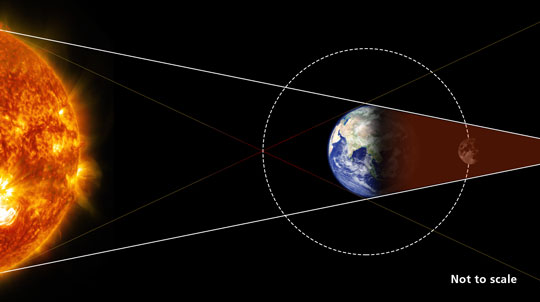 The Great American Eclipse
The Great American EclipseThe first total solar eclipse to occur in 26 years will take place on August 21. Across one 70-mile-wide swath of the United States, from Oregon to South Carolina, the eclipse will be total. In other parts of the United States, the eclipse will be at least partially visible. SETI Institute Senior Astronomer Seth Shostak explains where and how to safely observe the eclipse.
- SETI.org: Get Ready for the Total Eclipse of the Sun
- KQED: You Know About This Summer’s Spectacular Solar Eclipse, Right?
 NASA Frontier Development Lab (FDL)
NASA Frontier Development Lab (FDL)NASA Frontier Development Lab (FDL), hosted at the SETI Institute, kicked off its 2017 program.
Global technology specialist First Derivatives plc (FD) with its Kx technology will provide the analytics capability in partnership with Lockheed Martin and IBM on one of FDL’s research teams.
FDL is an applied artificial intelligence research accelerator and public/private partnership between NASA Ames Research Center and the SETI Institute. The program tackles knowledge gaps in space science by pairing machine learning experts with astronomy and planetary science expertise. Interdisciplinary teams address tightly defined problems with meaningful application to the space program.
- SETI.org: Welcome NASA Frontier Development Lab
- BusinessWire: Kx Technology and the SETI Institute Team Up with NASA Frontier Development Lab to Apply AI to Solve Space Related Challenges
 The Search for Life Beyond Earth
The Search for Life Beyond EarthSETI Institute Senior Astronomer Seth Shotstak spoke at FutureCon, a festival that highlights the intersection between science, technology and science fiction. His comments highlighted the various ways of looking for life beyond Earth including: listen for it, go find it or build a bigger telescope such as the James Webb Space Telescope which is scheduled to launch in October 2018.
Live Science: Is it Time to Rethink How We Search for Alien Life?
Seth Shostak, SETI Institute Senior Astronomer and host of the radio show Big Picture Science commented on the speculation that ensues when people attempt to interpret photos from NASA’s Curiosity Rover on Mars.
"The fact that so many people are adept at playing 'Where’s Waldo?' with rover photos is a testament to our brain's ability to pick out creatures in the visual landscape," Seth told The Huffington Post. "It's a talent that helped our ancestors avoid predators or catch prey, but it's a poor strategy in the hunt for extraterrestrial life."
 Big Picture Science
Big Picture ScienceLast week, Perpetual Motion Machine wondered if it’s possible build computers that can empathize with humans. This week, a Skeptic Check encore episode, How Low Can You Go?Investigates cryotherapy.
- SETI Talks: July 12, Palo Alto, CA SETI Talks return featuring Jill Tarter, Sarah Scoles, Eliot Gillum and more.
- Virtual Reality in Space: The Next Big Thing: July 12, San Francisco, CA Franck Marchis will participate in a discussion about ways in which virtual reality might play a role in space exploration.
- Starship Congress 2017, August 7-9, Monterey, CA. A conference that explores pathways to allow human exploration of the galaxy. Franck Marchis will give a presentation.
The Carl Sagan Center Activity Report for May 2017 is out and can be downloaded here The SETI Institute scientists have had a busy spring and here are some highlights:
- 19 papers accepted or published in peer-reviewed journals such as The Astronomical Journal, Icarus and The Astrophysical Journal
- SETI Institute scientists participated in conferences and events including the International Planetary Dunes Workshop, the Conference on Environmental Systems, the Planetary Defense Conference and the American Astronomical Society’s Division on Dynamical Astronomy Meeting
- SETI Institute experts wrote for or were interviewed by popular media including The Verge, Newsweek, Time and NBC News
- Public speaking events included presentations to students at several middle and high schools, appearances at Caltech and Stanford University and a talk at Denver Comic Con
- Facebook Live events in May visited Janice Bishops minerology lab, joined Franck Marchis and Michael Busch at the Planetary Defense Conference in Tokyo and also went to Namibia with Bill Diamond. All our Facebook Live event videos can be viewed on the SETI Institute Facebook page.

